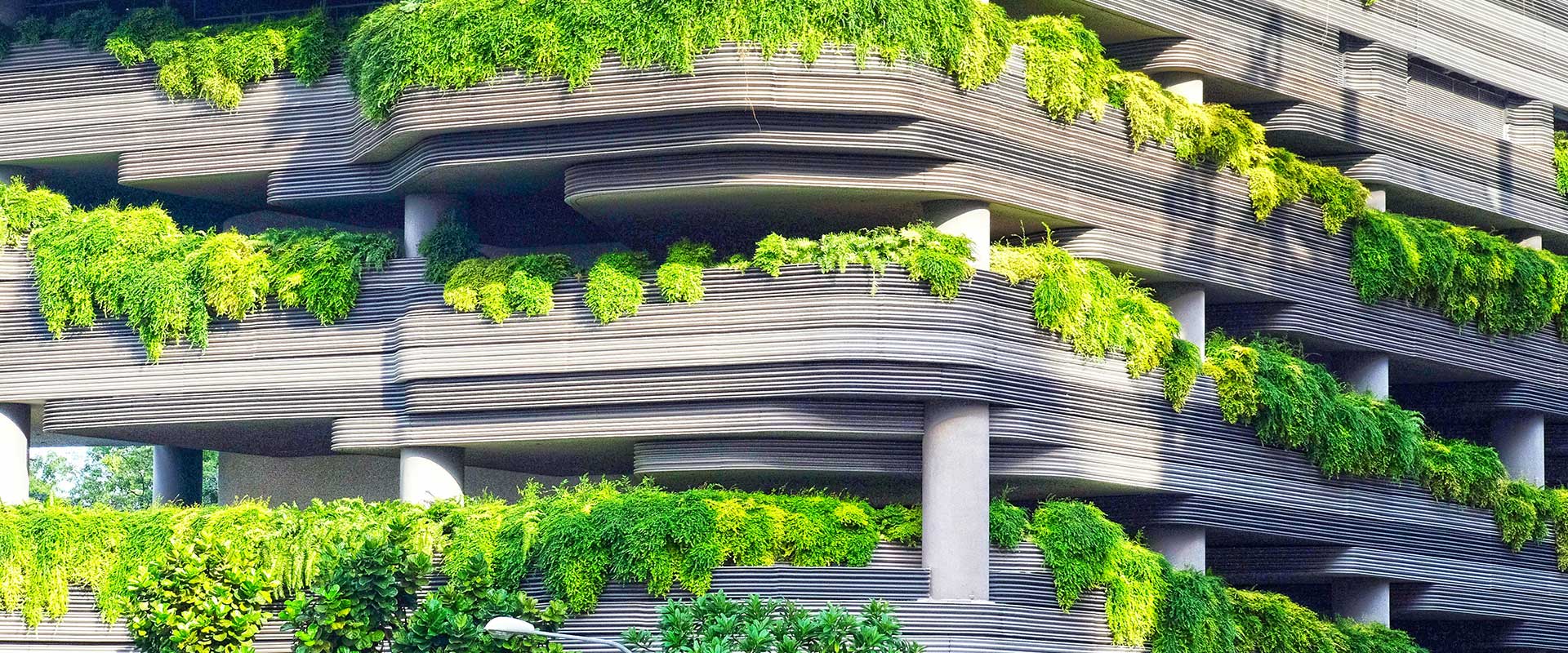We can attribute many factors to the rise in mixed-use healthcare facilities. By design, they can provide a greater number of health services to their patients, while also using land more efficiently and increasing convenience.
Patients have benefited from the scientific advances that have enabled their providers to become more and more specialized. While they see better outcomes, patients must travel to different locations to receive treatments they need. The problem? It becomes a challenge to receive treatment from multiple providers.
Mixed-use facilities include services like ambulatory care center developments that offer:
- Cardiologists
- Orthopedics
- Primary and preventative care
- Radiology
- Rehabilitation services
- Retail pharmacy services
- Sports medicine
- Urgent care
- Women’s health
When people have access to one-stop healthcare, everyone benefits. As we see the growth of more mixed use developments that accommodate homebuyers’ “live, work, play” desires, experts anticipate more partnerships with healthcare systems to add mixed-use healthcare campuses and facilities to the communities.
Many leaders within the healthcare systems have recognized that by treating patients as consumers — rather than mere users — of healthcare services requires a change in approach to how those services are provided. In addition to catering to a rapidly aging population, healthcare providers must also accommodate the Millennial generation — a group of well-informed healthcare consumers who expect convenience, quality, and accommodation of their needs.
It costs much less to create outpatient facilities with more of a spa-like or hotel-like vibe, even with tech-enabled check-ins, patient care concierges, and buildings designed with more natural light and incorporated outdoor spaces.
Mixed-use healthcare facilities offer a viable solution to the conundrum of how to accommodate as many diverse populations’ needs as possible. A “one-stop-shop” experience offers patients increased efficiency and convenience. Benefits that these mixed-use facilities provide include:
- Attentive and efficient care, especially for patients who require more frequent monitoring. This alternative to inpatient hospital care permits doctors and other caregivers to spend more time with their patients — and that approach both improves patient experiences and actively engages and gives patients ownership in their treatment.
- Convenience, since the bulk of services patients need live under one roof. Now patients don’t need to spend an entire day (or multiple days) driving from one appointment to another.
- Increased job opportunities, because there’s room for providers within a wide range of specialties — and those specialties require support staff, nurses, and other personnel to maintain smooth operations.
- Integrated wellness, like on-site gyms, which encourages healthcare providers, their patients, and the community at large to embrace preventive healthcare. The facilities can not only build relationships with the community, but also use these areas to engage and keep patients accountable for their health and wellbeing.
- A more environmentally-friendly option, because they use land space more effectively by condensing all services into one location. Coupled with lower construction costs and fewer drains on resources, and reduced utility usage, these facilities create a smaller carbon footprint.
- Reduced spending, since the healthcare enterprise must maintain only one rather than multiple buildings. It’s also easier for organizations to implement more energy-saving processes or policies in one building.
- Room to accommodate outpatient growth, because patients who don’t need a hospital stay can meet with and receive treatment from multiple specialists. Healthcare networks and organizations connected to mixed-use facilities offer their patients access to quality care at convenient facilities.
Why Invest in Multiservice Medical Office Buildings (MOBs)?
The United States is home to aging population which experts anticipate will double over the next 30 years from 48 million to nearly 88 million folks age 65 and older. By 2050, people who are 80 and older may triple and — as people live longer — nonagenarian numbers may quadruple! Right now, folks in their 50s contribute to nearly three quarters of healthcare spending. Space to accommodate these patients’ medical needs will only increase over time.
For the past 10 years, leaders within the healthcare industry have embraced less-than-traditional ways to deliver medical care. From clinics in suburban shopping centers and micro-hospitals in less populated areas to multi-use medical buildings in metropolitan and even rural areas, the demand will continue to grow.
MOBs offer nearly as sure a bet as one could ask for. They generally see stable, long-term occupancy rates. As patient censuses grow, occupancy rates will likely remain high. Lease lengths also contribute to that stability. Because the cost of a typical medical build-out tends to be much higher than that of a more traditional tenant, healthcare tenants often opt for longer lease terms.
MOB sale prices have also continued a steady rise. In 2019, rent per square foot averaged just over $27 per square foot, up from $22.90 per square foot in 2018. Rents have continued to rise into the 2Q 2021.
The Transformation Will Continue
Health systems and healthcare providers that embrace a more creative, proactive approach to acquiring and developing real estate will continue to drive reforms in how people access care. Whether you’re a provider or investor, members of CREA United’s Healthcare Group have the knowledge and expertise to advise and guide you within the healthcare real estate market.

